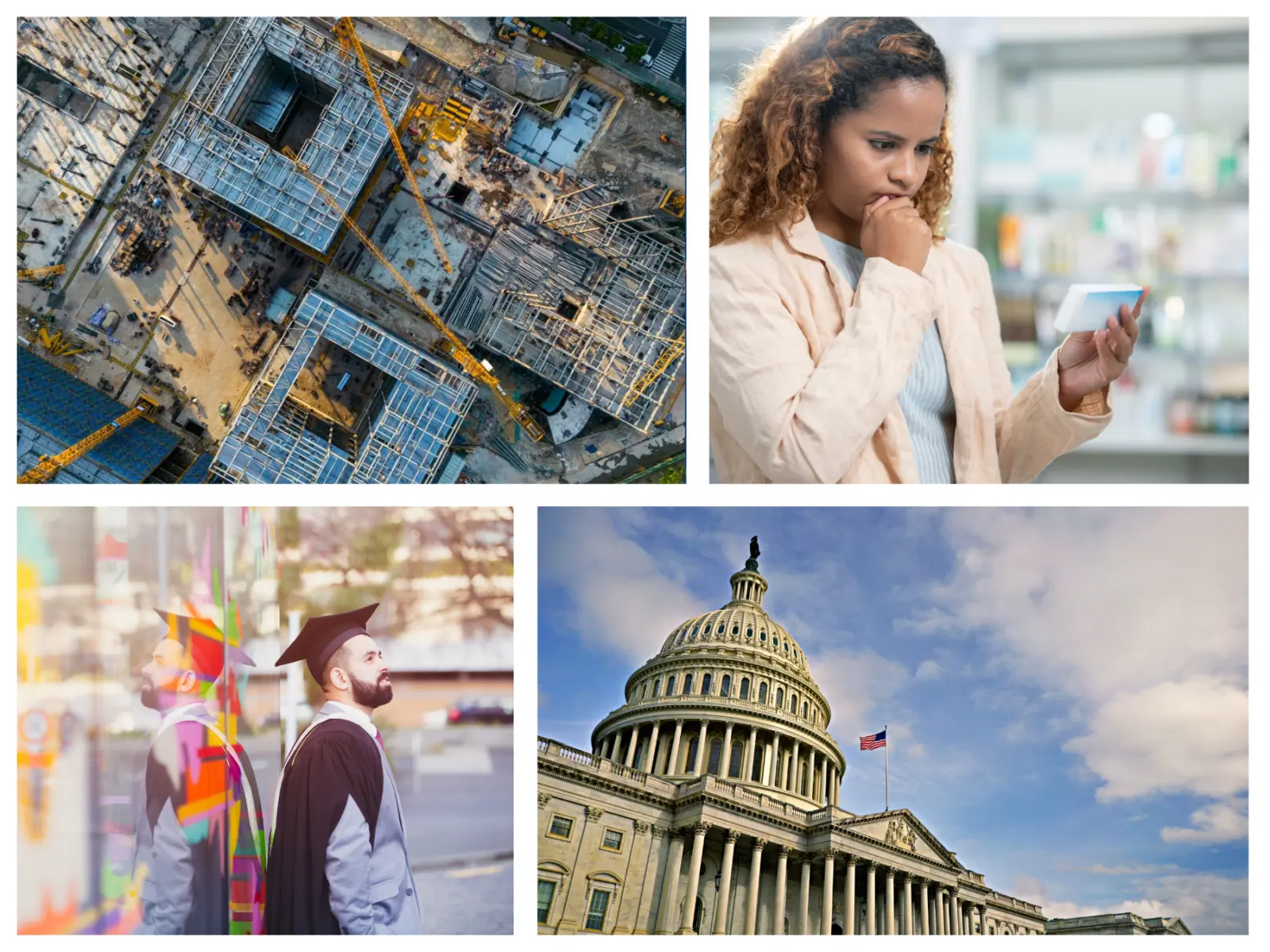The closing of eight Art Institute campuses may have seemed sudden to students and faculty, but the collapse of the scandal-ridden for-profit chain was less of a surprise to close watchers of the higher education industry — and should serve as a call-to-action for regulators, write Kelly McManus, vice president of higher education of Arnold Ventures, and Daniel Zibel, vice president, chief counsel, and cofounder of Student Defense, in a Houston Chronicle op-ed.
In their op-ed, McManus and Zibel outline the “long and sordid history” of Art Institute schools, which include an historic settlement for fraud and illegal recruiting practices. However, they explain how responsibility falls on regulators, such as accrediting agencies, to protect students from the harm inflicted when schools close suddenly.
“Accrediting agencies have long tried to evade this responsibility, arguing that even talking about closure makes it a self-fulfilling prophecy,” McManus and Zibel write. “But when these regulators are asleep at the wheel, the alternative — rushed, unplanned, precipitous closures without transition plans or clear communications — is devastating for both students and taxpayers.”
The op-ed also points to the role policymakers play in providing a regulatory framework that prevents taxpayer dollars from flowing to schools that leave students behind. For example, the Biden administration’s new “gainful employment” rules will work to halt federal funds for career-oriented college programs that leave graduates with unmanageable debt or earnings lower than if they had never attended in the first place.
Read the entire op-ed here: The Art Institute was in trouble. Why didn’t anyone protect students?












